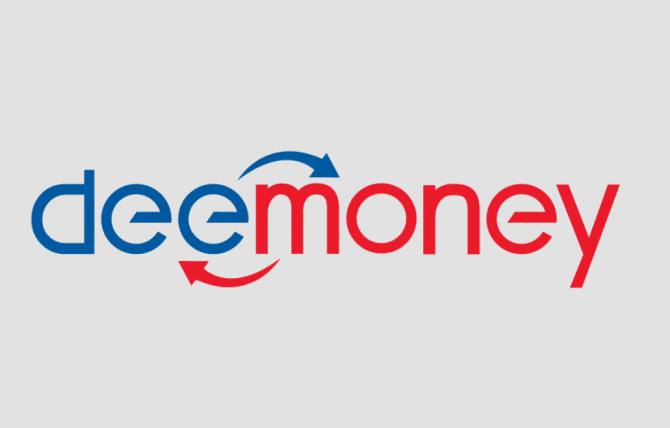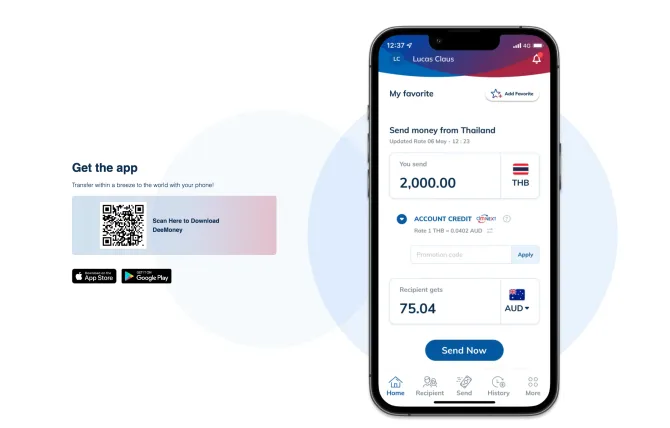This is a case study of my time as a product manager at Deemoney and a project I undertook there.
I transitioned from Marketing Manager to Head of Product at Deemoney, a leading fintech company in Thailand and the only fully licensed non-bank in the region.
My primary objective was to lead a transformational shift from reliance on outdated legacy systems and third-party tools towards developing a robust, internally managed technological infrastructure.
This strategic shift aimed to enhance our transaction monitoring systems, expand partnerships, and integrate seamlessly with domestic banking services like PromptPay.

Challenge
When I became Head of Product, Deemoney relied on a legacy system that processed transactions through third-party partnerships. While sufficient in the early stages, this system had become a bottleneck for innovation and growth.
My task was to lead the transition to a system that supported the current operational scale and positioned Deemoney for future growth. The challenges included technological outdatedness, underutilised partner development teams, and substantial documentation gaps.
Strategic Planning
The planning phase involved deep dives into existing financial transaction engines to understand and outline the requirements for building our architecture. I engaged extensively with different teams across the company to gather insights into their daily challenges and needs.
These discussions were crucial in developing user interfaces, operational tools, and compliance algorithms for transaction monitoring and KYC checks.
Execution
To address the core issues, I formed an internal development team, starting with recruiting a Chief Technology Officer (CTO).
This step was pivotal in fostering a culture of innovation and agility. We rebuilt our transaction engine using contemporary technologies, focusing on scalability, user experience, and regulatory compliance.
Our development team faced substantial challenges, particularly the lack of experience building banking transaction systems. This required extensive independent research and the application of innovative problem-solving techniques.
We developed new transaction processing and compliance algorithms and built APIs to integrate third-party services and the national PromptPay system.

Regulatory Navigation
One significant hurdle was navigating the stringent KYC requirements set by the Bank of Thailand. Initial regulations required physical verification for onboarding users to our mobile application, which limited our ability to scale rapidly.
We worked closely with regulators to innovate within these requirements, eventually securing permissions for lower KYC thresholds for transactions under a specified limit, allowing us to implement an online KYC process for smaller transactions.
Outcomes
The transformation at Deemoney was highly successful. We transitioned to a custom-built, internally managed platform, significantly enhancing our transaction processing capabilities and user experience.
This shift complied with Thai regulatory standards and allowed rapid integration with new partners, increasing our transaction volume and revenue. By the end of my tenure, we had achieved over a billion Thai baht in transactions.
Lessons Learned
The journey taught me invaluable lessons about the importance of clear communication and demonstrating ROI when introducing new technologies in environments that are not inherently tech-forward.
Building relationships and trust within the company was as crucial as the technical aspects of the transformation.
Conclusion
This experience at Deemoney has been a cornerstone in my career, highlighting my ability to lead significant technological transformations in regulated financial environments. It underscores my strategic foresight, leadership in technology integration, and my commitment to aligning operational needs with technological advancements.
This case study exemplifies my strategic approach to product management and my capability to navigate complex challenges, making it an essential part of my professional portfolio.
